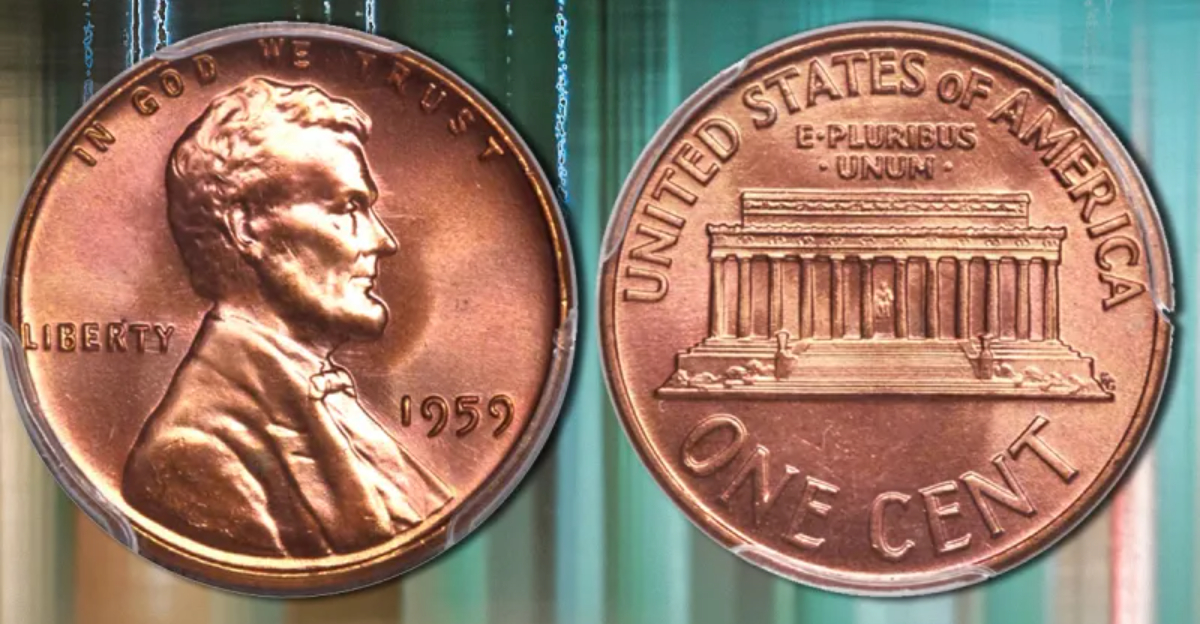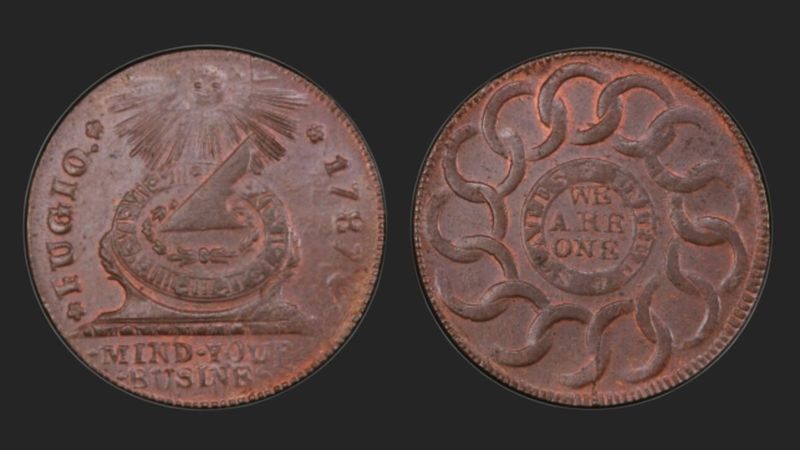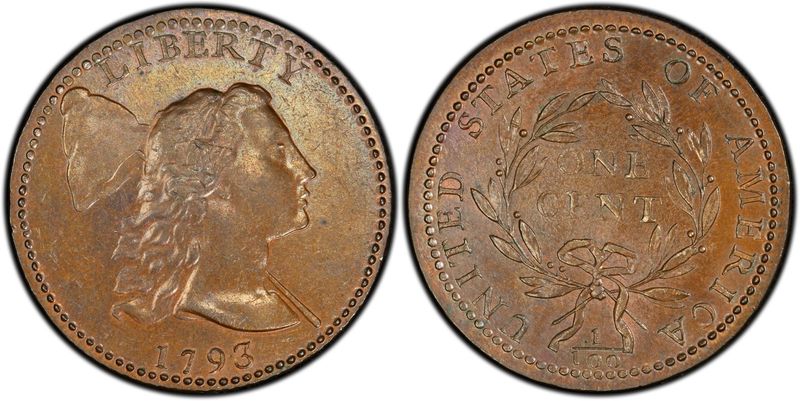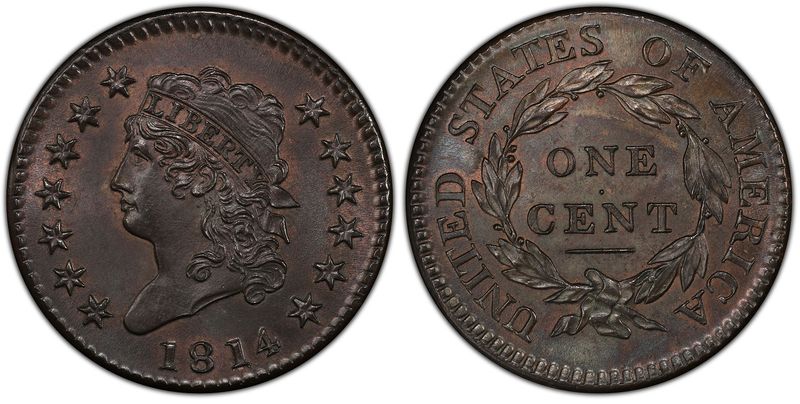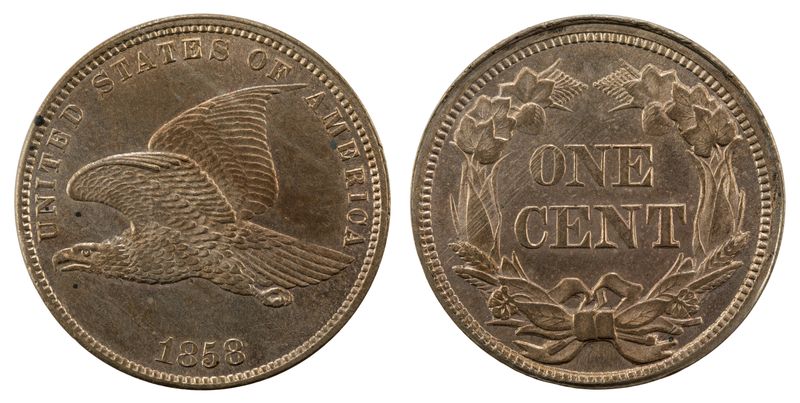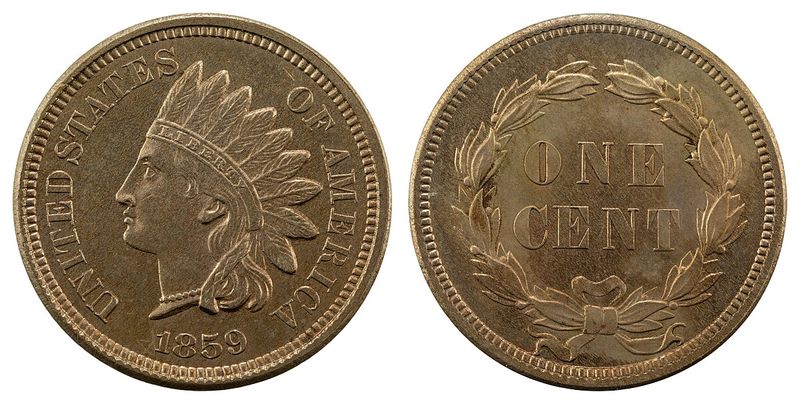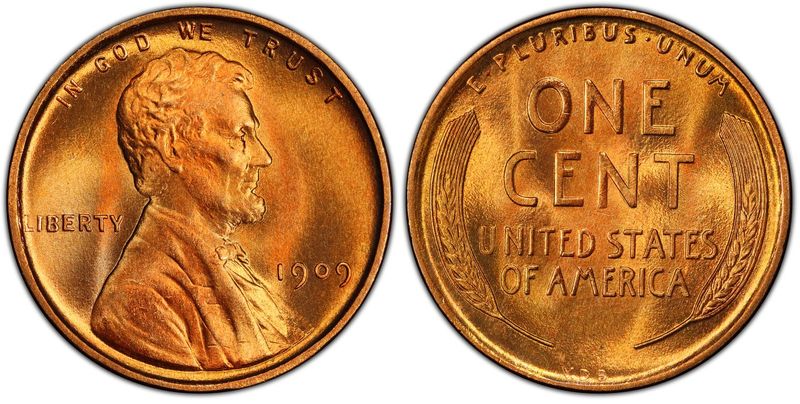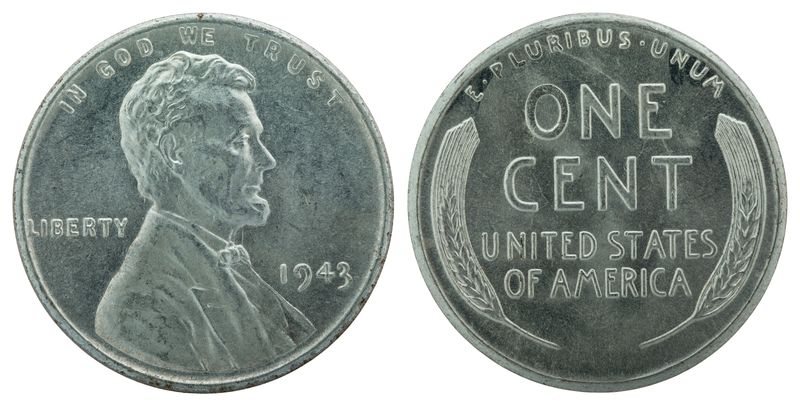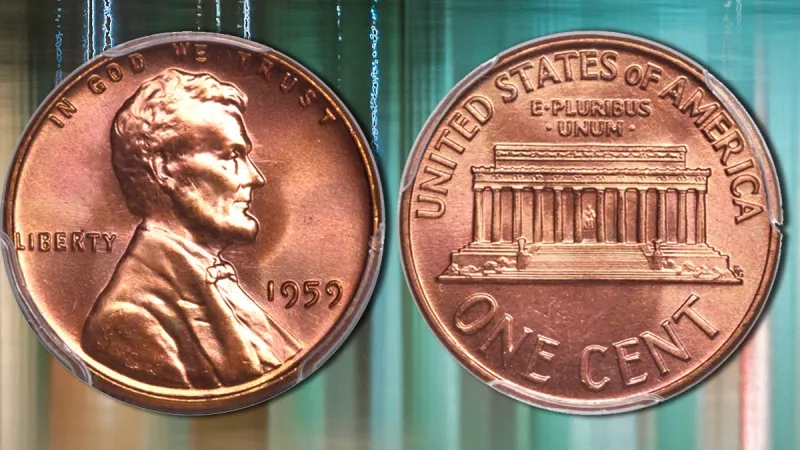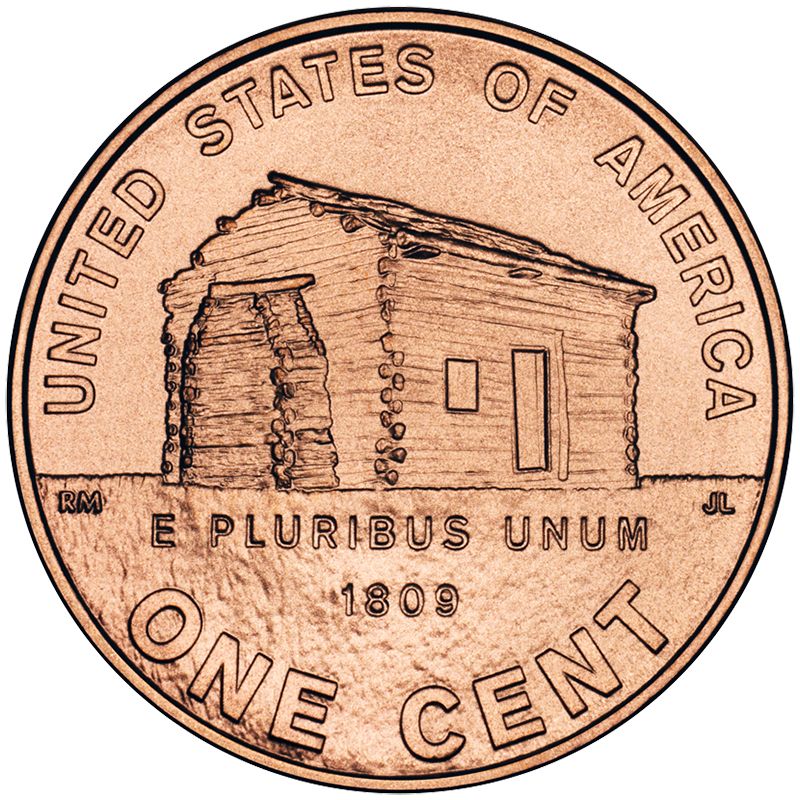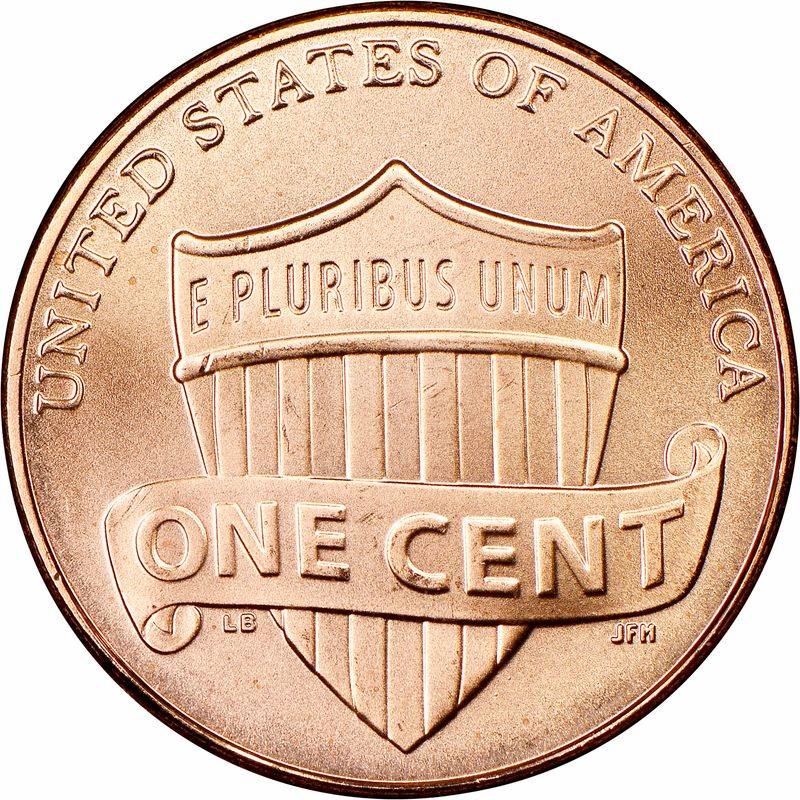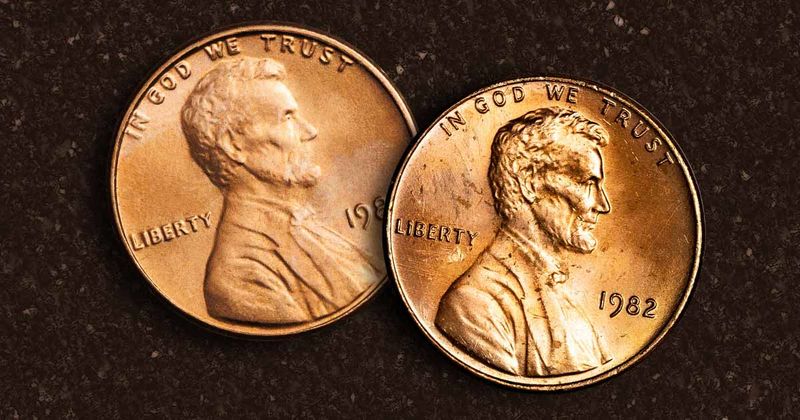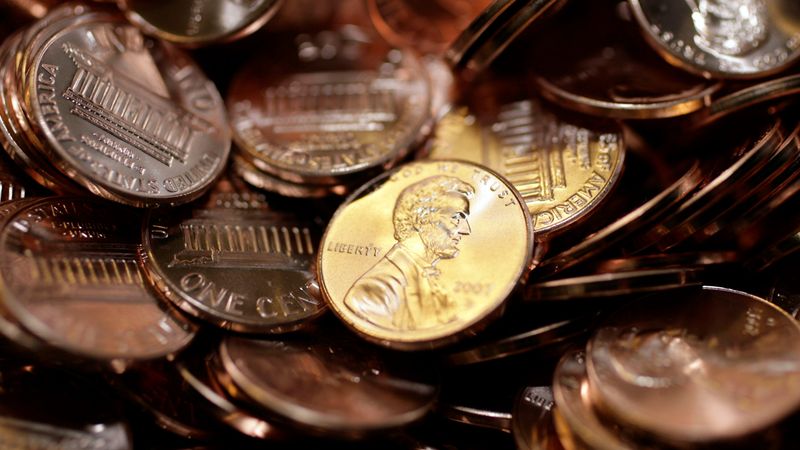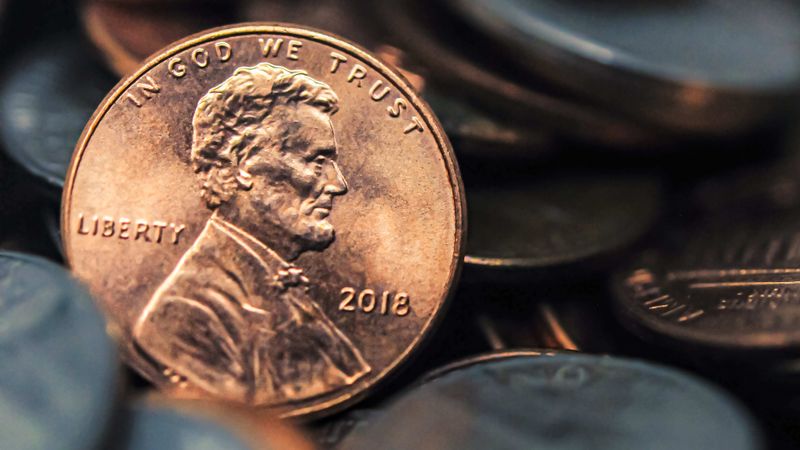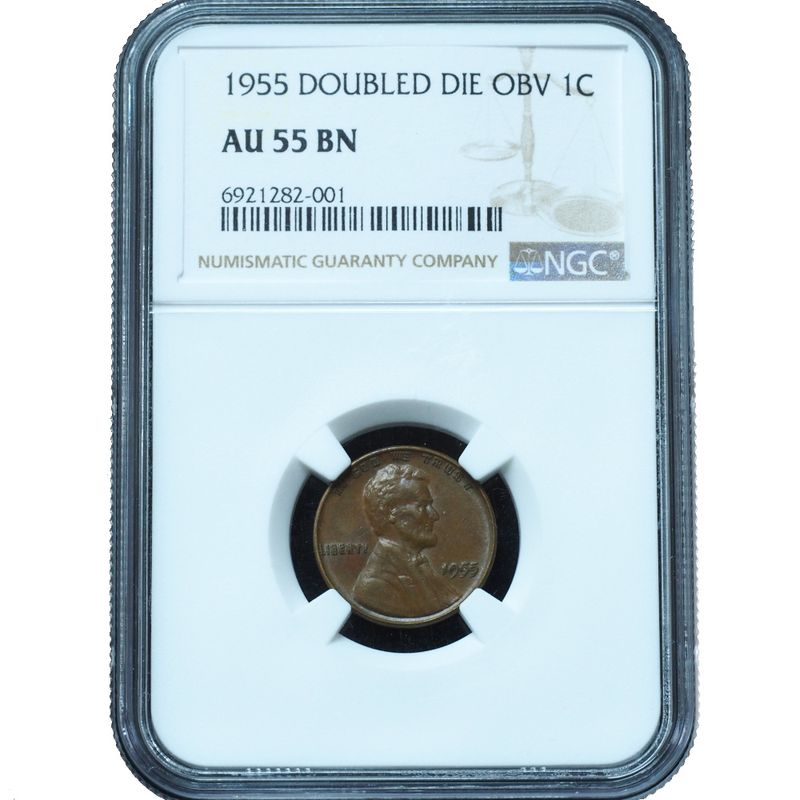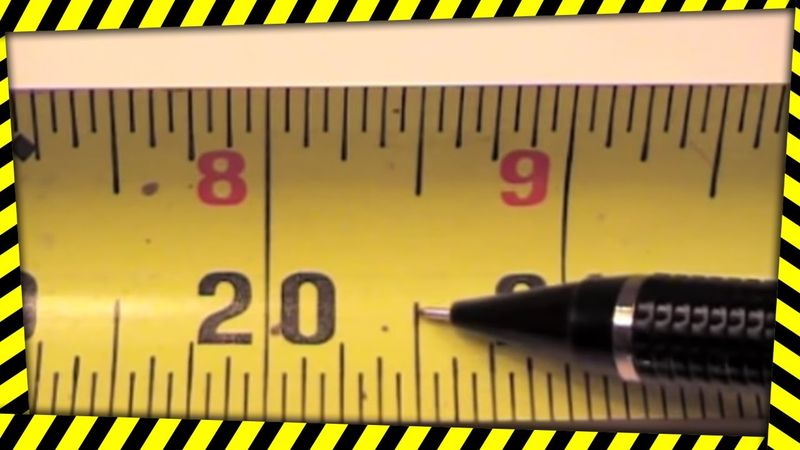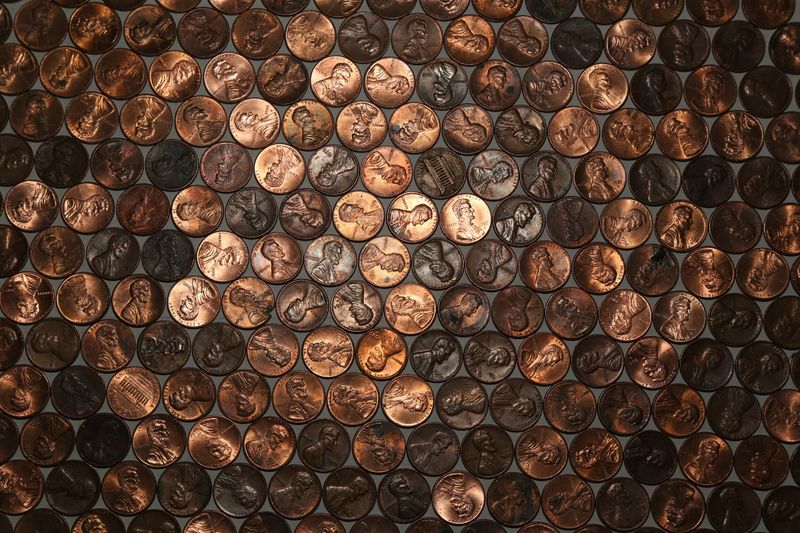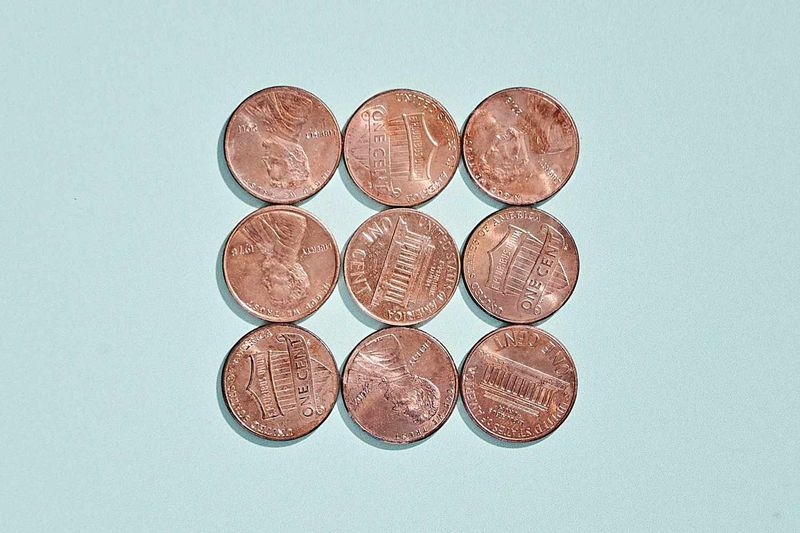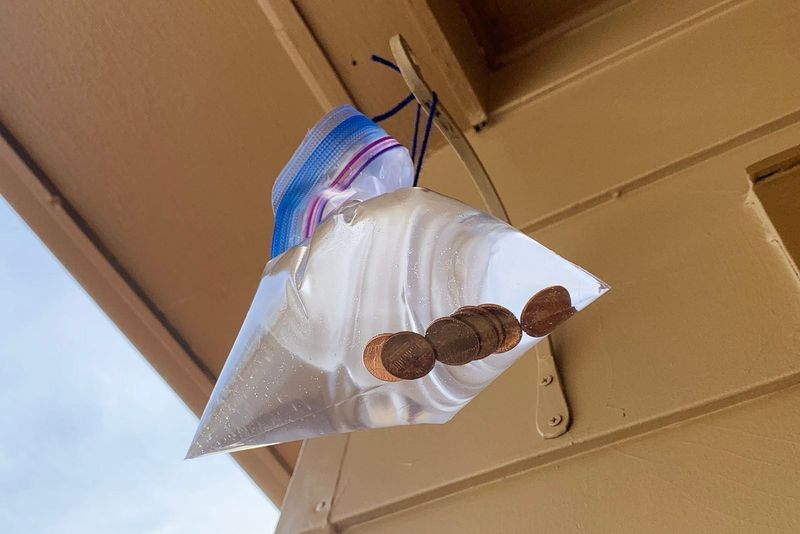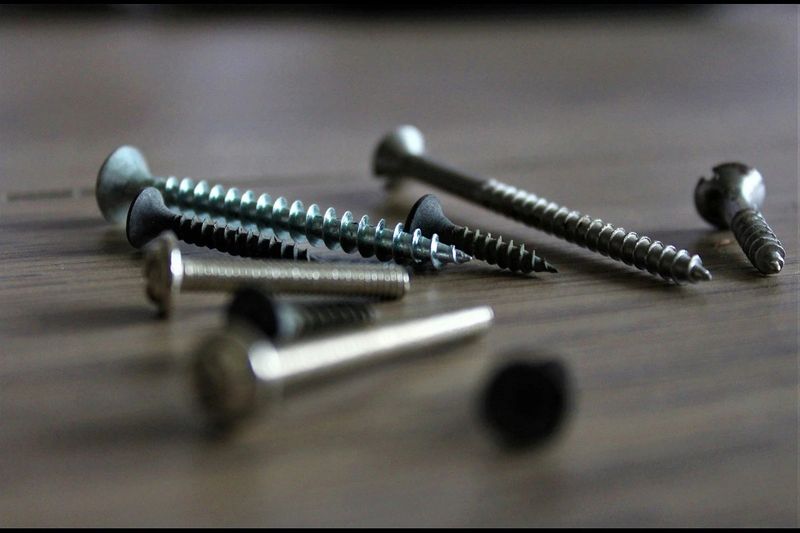Pennies have been jingling in American pockets since 1787, carrying both history and practical value in their tiny copper frames. Despite costing more to make than they’re worth, these humble coins tell stories of war shortages, presidential tributes, and economic shifts. With the U.S. Treasury planning to end penny production in 2026, now’s the perfect time to appreciate these coins and discover creative ways to use them beyond currency.
1. Franklin’s Fugio Cent
The penny’s American journey began with Benjamin Franklin’s clever design. In 1787, his Fugio cent featured a sundial with rays of sunshine and the motto “Mind Your Business” – not as life advice, but literally suggesting people should attend to their commerce! This copper coin also displayed a 13-link chain representing the original colonies’ unity. The reverse side’s message “We Are One” reinforced this theme of national solidarity. Only a limited number were produced, making authentic Fugio cents highly sought after by collectors today, with well-preserved specimens fetching thousands of dollars at auction.
2. Giant-Sized Early Pennies
Early American pennies would barely fit in today’s coin purses! From 1793 to 1857, these copper giants measured nearly the size of modern half-dollars, earning them the appropriate name “large cents.” The earliest designs showcased Lady Liberty with flowing hair, later evolving into the “Liberty Cap” and “Draped Bust” styles. These massive coins contained pure copper, making them substantially heavier than modern pennies. Imagine carrying these weighty coins for everyday purchases! Their substantial size eventually became impractical as America’s economy grew, leading to the smaller pennies we recognize today.
3. The Missing Penny Year
The year 1815 stands as a curious blank spot in penny history. Not a single one-cent coin was minted that year due to a severe copper shortage caused by the War of 1812 with Great Britain. America’s naval blockade disrupted metal imports, leaving the Philadelphia Mint without essential materials. The Mint had already been struggling with copper supplies, but the war’s aftermath created an insurmountable shortage. This production gap remains the only time since the Mint’s establishment that an entire year passed without penny production. Coin collectors refer to this fascinating historical anomaly as “the missing year.”
4. Shrinking the Penny
The penny underwent a dramatic makeover in 1857. Congress approved a significant size reduction, shrinking the coin to dimensions close to what we recognize today. This smaller version contained 88% copper and 12% nickel, giving it a distinctive lighter appearance. This transformation introduced the beautiful Flying Eagle design, featuring a graceful eagle in flight. The new composition improved durability while requiring less raw material. The public initially resisted this change, with many people hoarding the larger pennies. Eventually, Americans embraced the more practical smaller coin, which proved easier to carry and use in daily transactions.
5. The Misnamed Indian Head
The Indian Head penny, minted from 1859 to 1909, harbors a fascinating misconception. Despite its name, the coin doesn’t actually depict a Native American at all! The profile shows Liberty wearing a feathered headdress, a symbolic representation rather than an authentic portrait. Designer James B. Longacre created this iconic image to represent American liberty with indigenous symbolism. The reverse featured a simple wreath of laurel, later changed to an oak wreath with a shield. This penny became one of America’s most beloved designs, remaining in circulation for half a century and becoming a treasured collector’s item that connects us to post-Civil War America.
6. Lincoln Makes History
1909 marked a revolutionary moment in American currency – Abraham Lincoln became the first historical figure to grace a U.S. coin! The Lincoln penny debuted on the centennial of his birth, breaking the tradition of only depicting symbolic Liberty figures on American money. Designer Victor David Brenner created the now-iconic profile that has remained essentially unchanged for over a century. The original reverse featured two wheat stalks framing the words “ONE CENT,” leading collectors to nickname them “wheat pennies.” Some early versions contained Brenner’s initials prominently displayed, creating a controversial variety that was quickly modified and is now highly prized by collectors.
7. Wartime Steel Pennies
The shiny silver pennies of 1943 tell a compelling wartime story. With copper desperately needed for ammunition during World War II, the U.S. Mint switched to zinc-coated steel for one year only. These unique coins weighed less than copper pennies and could be picked up with magnets! The steel composition created problems – they rusted easily and were often confused with dimes. A few copper pennies were accidentally struck in 1943 when leftover copper blanks mixed with steel ones. These rare copper 1943 pennies are now among the most valuable coins in existence, with genuine specimens worth hundreds of thousands of dollars to serious collectors.
8. Memorial Makeover
Lincoln’s 150th birthday in 1959 brought a significant redesign to the penny’s reverse side. The familiar wheat stalks disappeared, replaced by the stately Lincoln Memorial building. This marked the first time the same person appeared on both sides of a U.S. coin – Lincoln’s statue is visible inside the memorial! Designer Frank Gasparro created this detailed architectural image that would adorn pennies for nearly 50 years. The tiny memorial columns were so precisely rendered that on well-preserved coins, you can actually count all 12 of them. This design connected Americans to their capital city and national monuments during the Cold War era of patriotism.
9. Bicentennial Birthday Celebration
In 2009, the penny received a special birthday makeover celebrating Lincoln’s bicentennial. For this single year, the Mint released four different reverse designs chronicling Lincoln’s remarkable journey from humble beginnings to the presidency. The first design depicted his Kentucky log cabin birthplace. The second showed young Lincoln taking a break from rail-splitting to read in Indiana. The third portrayed him as an Illinois state legislator outside the state capitol. The final design showed the half-completed U.S. Capitol dome, symbolizing the divided nation Lincoln led during the Civil War. These special pennies created a narrative timeline of his extraordinary life through miniature metallic art.
10. The Union Shield Design
Since 2010, every penny features a powerful symbol of national unity on its reverse – the Union Shield. This design replaced the Lincoln Memorial after 50 years, marking a new era for America’s smallest denomination. The shield contains 13 vertical stripes representing the original colonies, topped by a horizontal bar emblazoned with “E PLURIBUS UNUM” (Out of Many, One). Designer Lyndall Bass created this emblem to represent Lincoln’s preservation of the United States as one country. This shield design connects to America’s earliest days – similar imagery appeared on early U.S. coins and was displayed prominently during the Civil War as a symbol of national cohesion.
11. The Zinc Revolution
1982 marked a fundamental transformation in the penny’s composition. Skyrocketing copper prices forced the Mint to drastically reduce the copper content from 95% to a mere 2.5% copper plating over a zinc core. This change created two distinct varieties of 1982 pennies – copper and copper-plated zinc. The new zinc-based coins weigh significantly less (2.5 grams versus 3.11 grams), allowing them to be distinguished by weight. The zinc interior corrodes differently than copper, sometimes causing unsightly bubbling on the coin’s surface when the thin copper coating is damaged. Collectors often seek pre-1982 pennies for their higher copper content and intrinsic metal value.
12. The Upside-Down Economics
The penny presents a fascinating economic paradox – it costs significantly more to produce than its face value! Since 2006, the U.S. Mint has been losing money on every penny created. As of 2024, each one-cent coin costs approximately 3.69 cents to manufacture and distribute. This negative seigniorage (the difference between a coin’s production cost and face value) results in millions in annual losses for taxpayers. Rising metal prices, production expenses, and inflation have created this unusual situation where the coin’s intrinsic production value exceeds its monetary value. This upside-down economics represents one of the primary arguments for discontinuing the penny.
13. The Final Countdown
After nearly 240 years of continuous production, the penny’s story is approaching its final chapter. The U.S. Treasury has announced that the last pennies will be minted in early 2026, ending an era in American currency history. Rising production costs and declining practical use have finally outweighed tradition. Countries like Canada, Australia, and several European nations have already successfully eliminated their lowest-denomination coins. Importantly, existing pennies will remain legal tender forever – they won’t lose their value or spending power. This impending change will likely spark increased interest in penny collecting as Americans seek to preserve pieces of this disappearing monetary tradition.
14. Charitable Copper Collections
Those jars of collected pennies can make a meaningful difference! Organizations like Ronald McDonald House Charities have raised millions through penny donation programs. Their collection containers in businesses nationwide turn forgotten change into support for families with hospitalized children. Coinstar machines found in grocery stores offer charity options that convert your penny collection directly to donations without counting fees. The Leukemia & Lymphoma Society’s Pennies for Patients program engages schools in friendly competition to collect coins for cancer research. Even as digital payments rise, these charity initiatives demonstrate how physical pennies continue serving valuable social purposes beyond commerce, transforming neglected coins into community impact.
15. Hidden Treasure In Your Change
Your pocket change might contain unexpected treasures! Wheat pennies (1909-1958) commonly sell for 3-5 cents each, while certain rare dates and errors command substantial premiums. The 1955 Doubled Die penny, showing distinct doubling in the date and lettering, can fetch thousands of dollars. The steel 1943 pennies have collector value beyond their unusual appearance. Professional coin grading services can authenticate valuable specimens, protecting buyers from counterfeits. Before discarding old pennies, check dates, mint marks (D for Denver, S for San Francisco), and unusual features. That neglected penny jar might contain enough valuable coins to fund a nice dinner – or even more if you’ve struck numismatic gold!
16. The Perfect Measuring Tool
Need a quick measurement without a ruler? Grab a penny! The humble one-cent coin provides a reliable reference point with its precisely standardized dimensions. A penny measures exactly 0.75 inches (19.05mm) in diameter, making it perfect for gauging small distances. This consistency allows pennies to serve as impromptu measuring tools for everything from checking tire tread depth to spacing plants in a garden. The coin’s thickness (1.52mm) also provides a useful reference. Mechanics often use a penny to check tire wear – if Lincoln’s head disappears when inserted into tread, it’s time for new tires. This practical application transforms spare change into precision tools!
17. Penny-Powered Stability
That annoying wobbly table has met its match – the penny! Stacking and gluing pennies under an uneven furniture leg creates a perfect custom shim that won’t slide out like folded paper. The penny’s uniform thickness provides precise adjustment capability. Simply add pennies one by one until the wobble disappears, then secure them with strong adhesive. Restaurant servers have used this trick for generations to stabilize wobbly tables quickly. The copper-colored coins blend surprisingly well with wooden furniture legs, making them less noticeable than commercial plastic shims. This practical repurposing demonstrates how even obsolete currency can solve everyday problems through creative thinking.
18. Copper Cleaning Power
Coffee stains plaguing your favorite pot? Pennies possess surprising cleaning abilities! Drop a handful of pre-1982 copper pennies into a stained coffee pot with vinegar and watch the magic happen. The copper acts as a catalyst, enhancing vinegar’s cleaning power. Swirl the solution gently, allowing the pennies to scrub away stubborn coffee residue as they move. The coins’ edges reach corners that brushes miss. This chemical reaction works because copper interacts with acetic acid in vinegar, creating copper acetate that dissolves stains. Beyond coffee pots, this penny-powered cleaning method works for vases with narrow openings and other hard-to-clean glass containers.
19. Penny Fly Deterrent
Flies ruining your outdoor gathering? An unusual penny trick might save your picnic! Fill a clear plastic bag halfway with water, add 4-5 pennies, and hang it in sunny spots near doorways or outdoor eating areas. The science behind this folk remedy involves light refraction. Sunlight hitting water and reflecting off the pennies creates prism effects that confuse flies’ compound eyes. The moving reflections appear threatening to the insects, keeping them away. While not scientifically proven, many swear by this method’s effectiveness. Some theories suggest the penny-filled bags resemble predators to flies’ limited vision. Whatever the reason, this creative penny use costs almost nothing to try!
20. Emergency Screwdriver Substitute
Finding yourself without a screwdriver when you need one can be frustrating. Fortunately, a penny can save the day as an emergency tool! The coin’s edge fits perfectly into many flathead screws, providing enough leverage to tighten or loosen them. This improvised tool works best for larger screws on items like switch plates, furniture, and battery compartments. The penny’s copper-zinc composition provides surprising strength for light-duty tasks. Beyond screws, pennies can pry open battery compartments, scratch off lottery tickets, and even serve as makeshift guitar picks. This versatility makes them worth keeping around even as their currency role diminishes.
